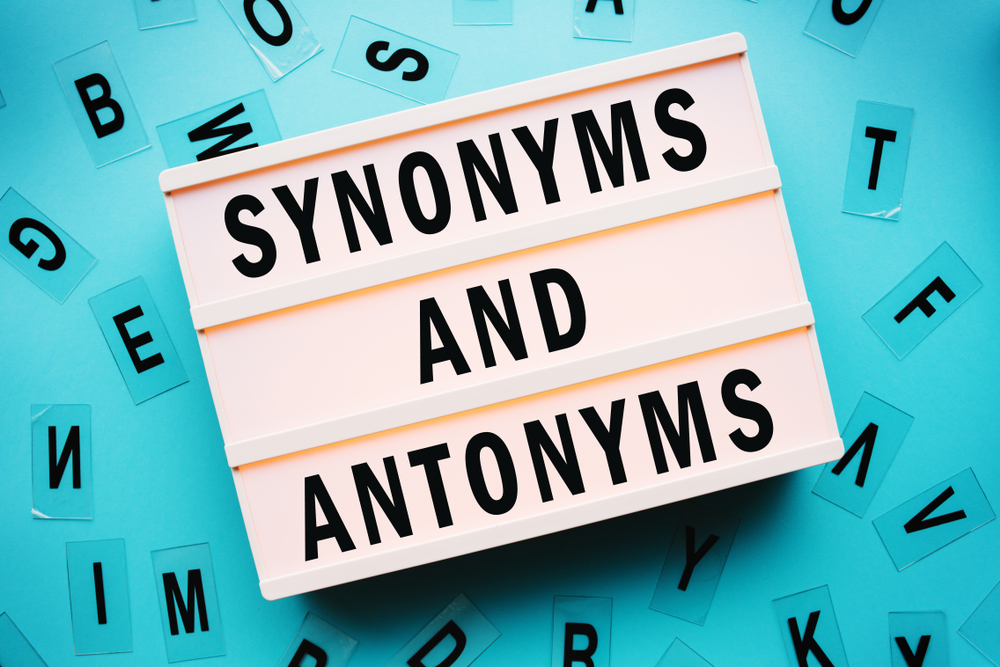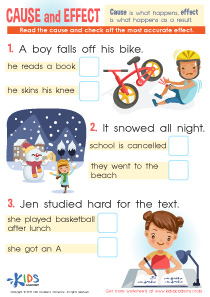Improve reading comprehension Normal Reading Non-Fiction Worksheets
6 filtered results
-
From - To
Enhance your child's reading comprehension with our engaging Normal Reading Non-Fiction Worksheets! Designed for early learners, these worksheets help to boost critical thinking and understanding of non-fiction texts. Each worksheet features diverse topics that captivate young minds while promoting analytical skills through interactive exercises. From identifying main ideas to making inferences, these resources enable children to practice and refine their comprehension abilities. Our carefully crafted materials are perfect for home or classroom use, ensuring a fun and educational experience. Visit us to discover how our worksheets can transform reading lessons into enjoyable learning adventures for your child!


Authors and Illustrators Worksheet
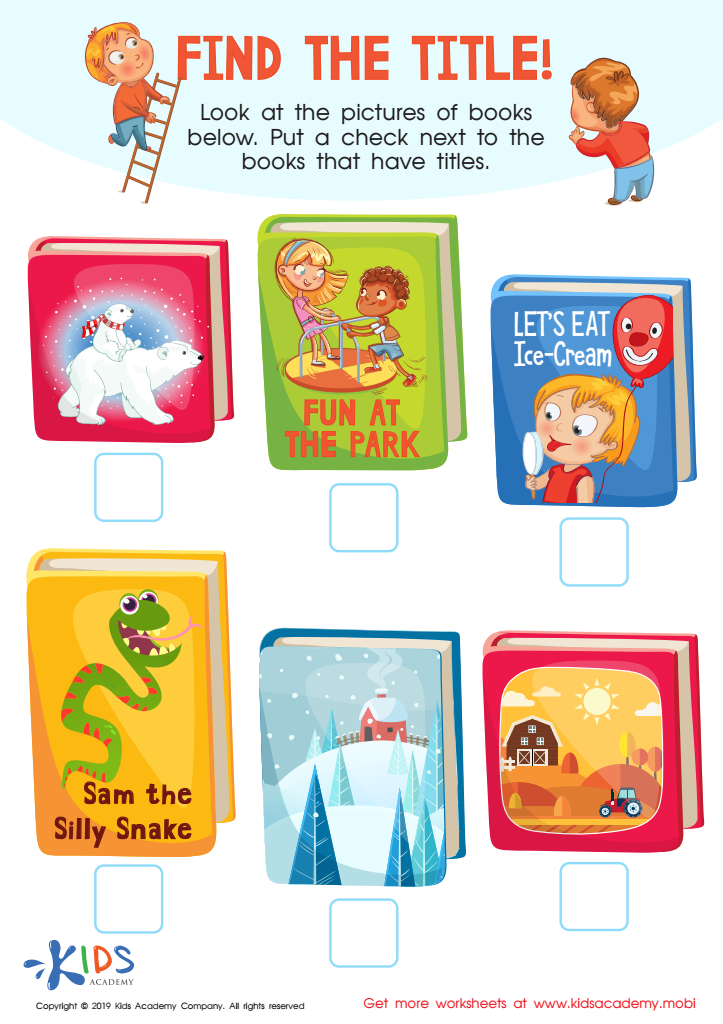

Find the Title Worksheet
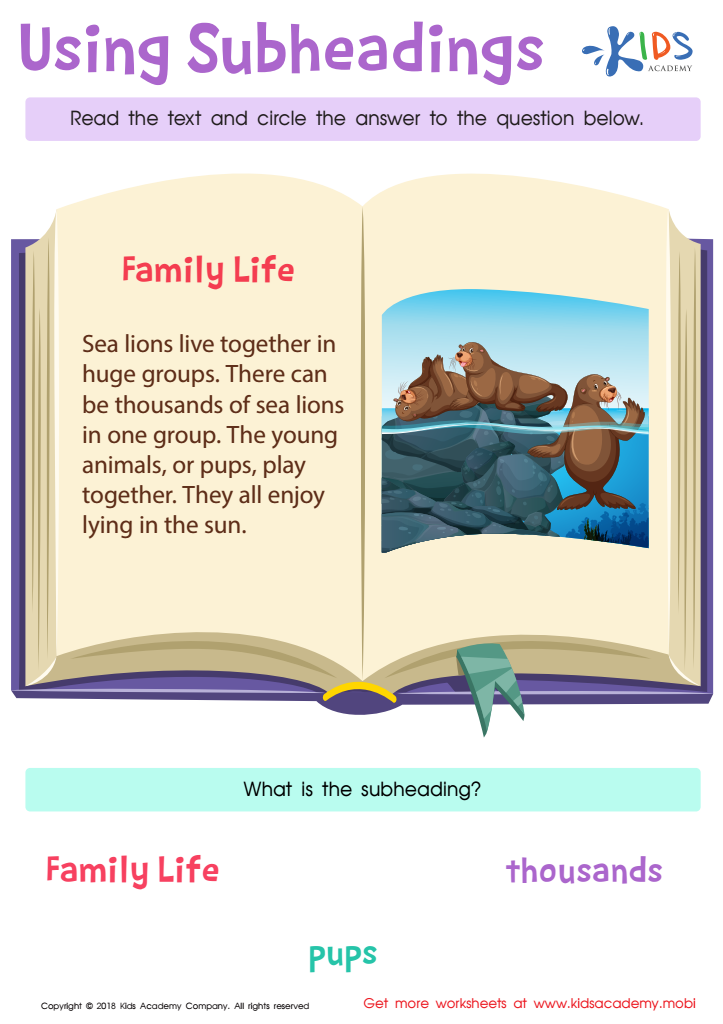

Using Subheadings Worksheet
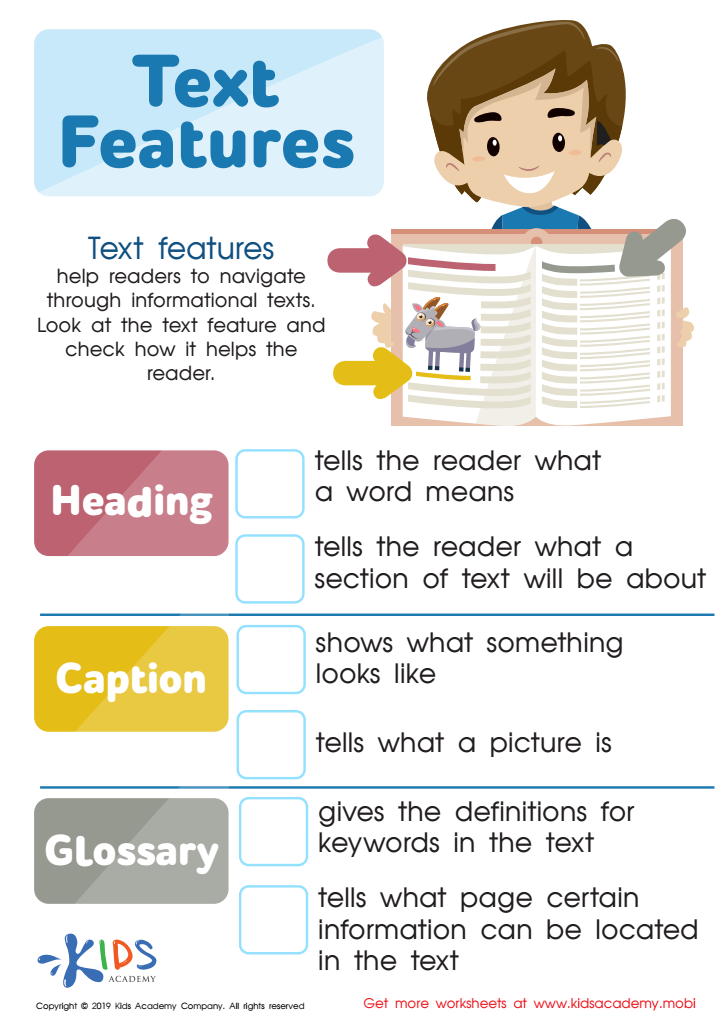

Text Features Worksheet
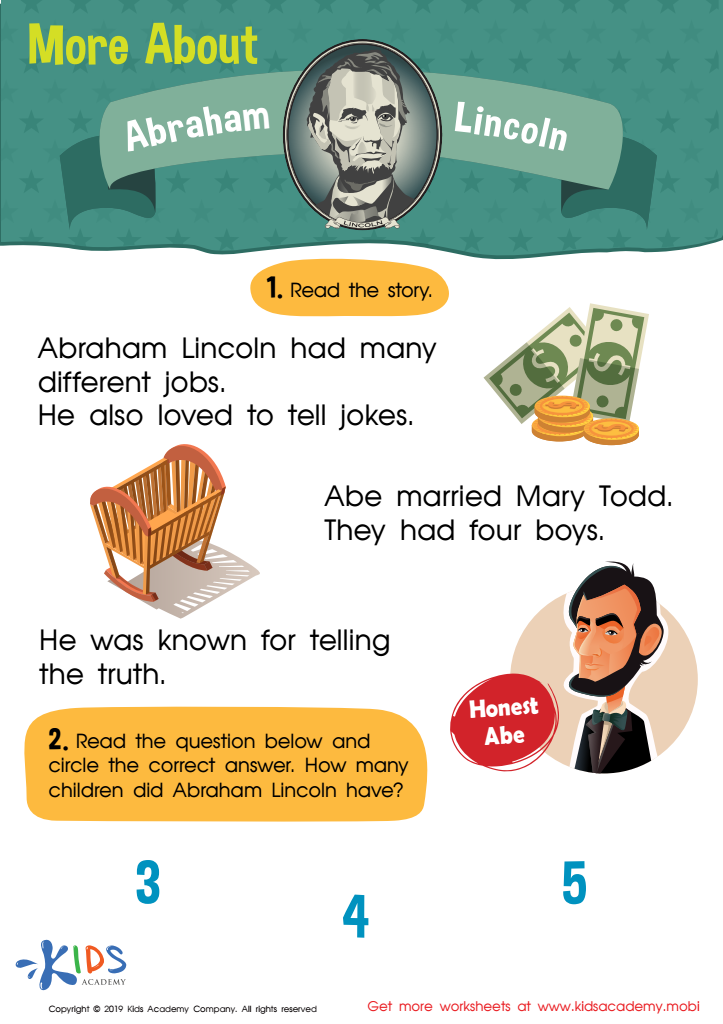

More About Abraham Lincoln Worksheet
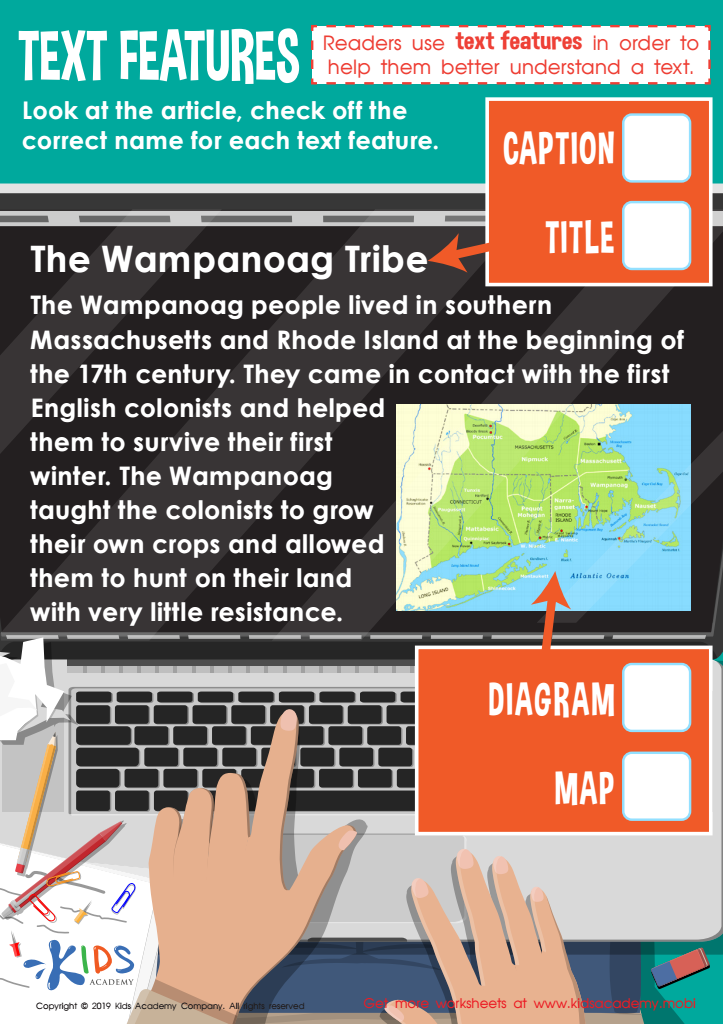

Text Features Worksheet
Improving reading comprehension, particularly in non-fiction texts, is crucial for both parents and teachers for several reasons. Firstly, non-fiction provides students with essential knowledge about the world. Understanding factual information is key in subjects like science, history, and social studies, which are foundational to a child's education. When students grasp non-fiction texts, they develop critical thinking skills and the ability to analyze real-world information.
Moreover, strong reading comprehension fosters independent learning. Children who can understand complex texts are better equipped to explore topics of interest outside the classroom, promoting a lifelong love for learning. This capability also enhances their ability to engage in meaningful conversations about current events and important issues.
In addition, with today’s emphasis on information literacy, students must learn to discern credible sources from misinformation. Parents and teachers play a vital role in guiding students toward effective strategies for understanding and evaluating non-fiction content.
Lastly, enhanced reading comprehension contributes significantly to overall academic success. As students become proficient readers, positivity toward education develops, leading to higher levels of confidence and achievement across all subject areas. By prioritizing non-fiction comprehension, parents and teachers empower students to thrive academically and socially in an increasingly complex world.
 Assign to My Students
Assign to My Students


